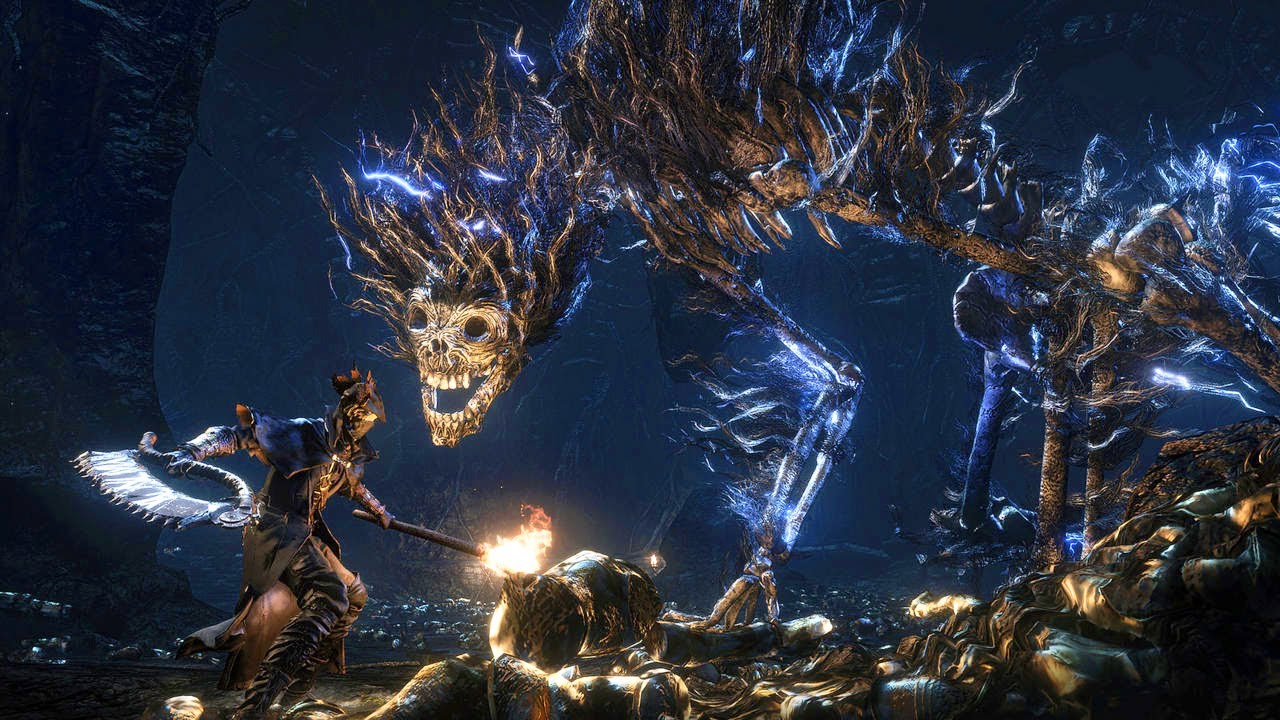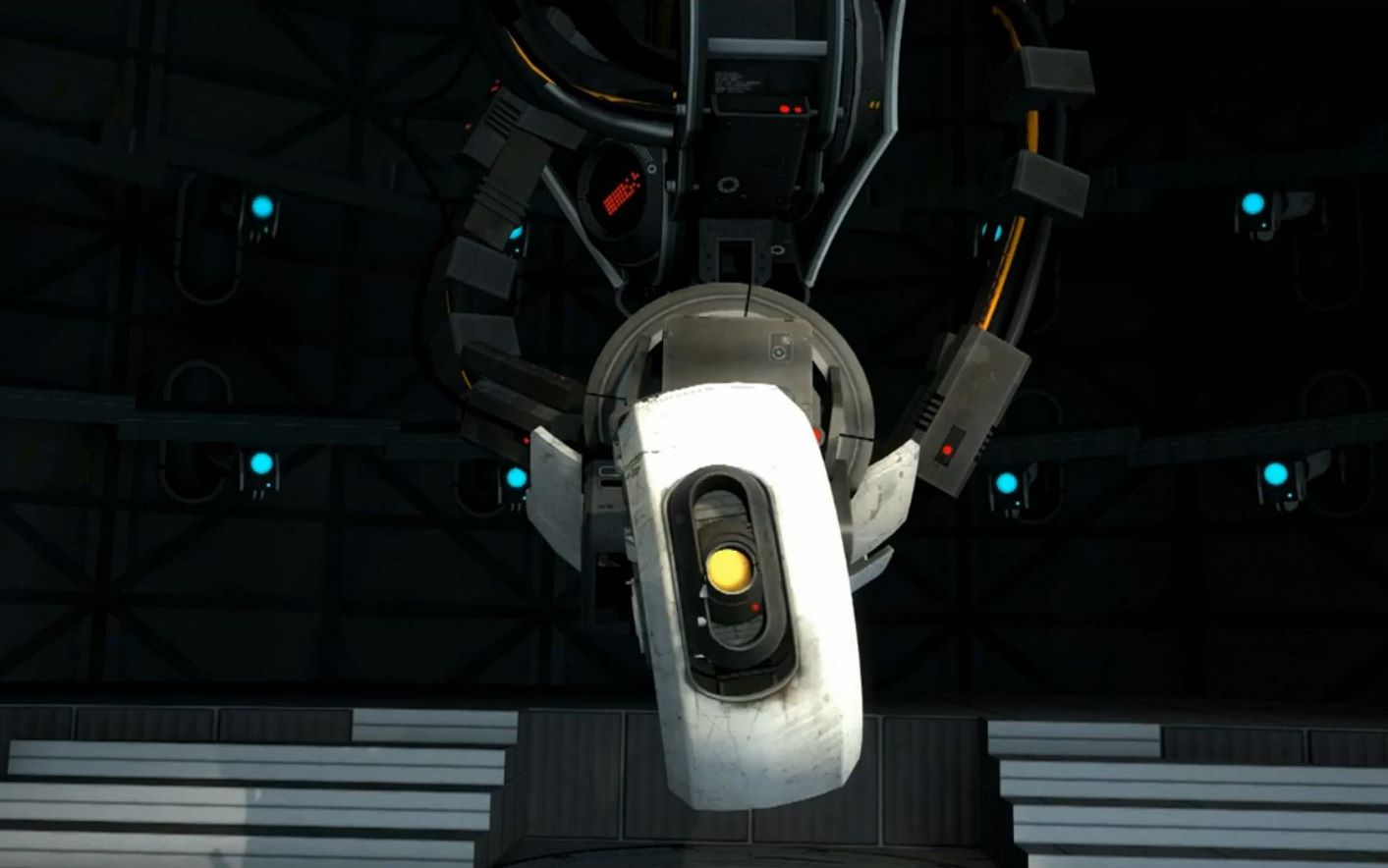This article contains spoilers of The Legend of Zelda: Ocarina of Time, Bloodborne and Bayonetta.
Bosses are usually the highlight of any level. They are a thrilling, final encounter that puts an end to an awesome dungeon. When they are well done, they can become one of our favorite moments in the game, where we are forced to put all our skills into practice to defeat a challenging foe.
However, they can also turn into a boring battle, with insipid mechanics, a bad atmosphere or an unexpected, ill-placed difficulty spike. Nailing bosses can be difficult from a designer perspective, and designing them wrong can end up hurting the player in the process.
In this article, we will take a look at the keys on how to create an interesting dungeon boss, both from the player and the designer perspective.
Foreshadowing: Preparing the player
Bosses have to serve two purposes: propose a difficult, exciting challenge to the player, testing the skills they have learned throughout the game, and continue with the progress of the story (if it isn’t an optional one). Both ideas have to be developed properly, and this development can start from the very beginning of the dungeon itself.
There’s nothing more frustrating than getting into a boss fight unknowingly. Preparing the player is essential to create the right atmosphere and buildup the tension to face the last enemy of the dungeon. This can be done through multiple ways: by teaching mechanics, cutscenes and dialogues, or the level itself.
In The Legend of Zelda series, players usually find a new item in each dungeon, which is designed to teach players how to use it. These levels have a certain theme, like water, fire, or forest, setting an atmosphere that is consistent. At the end, the player has to face a final boss, which is themed accordingly, using the new weapon and putting into practice all that he has learned during the dungeon.
An excellent example is the Forest Temple and its boss, Phantom Ganon, from Ocarina of Time. In the temple, Link finds the hero’s bow, a weapon he has to use to kill the ghosts that populate the area by firing into paintings. The final boss has to be taken down in the same way. He even teaches you a new mechanic during his second phase that will prepare you for the final encounter against Ganondorf himself.
Size Matters… Most of the time
Players love gigantic, menacing bosses. Taking them down can be an absolute joy. Usually, the designer should aim for this. But there are plenty of final enemies that aren’t big and are well remembered. This can be achieved through well-crafted details, fun mechanics or the importance of the enemy in the plot.
However, from a designer point of view, the most important element to consider is the movements. You can design the best-looking enemy ever, but if he is boring to fight, he won’t be fondly remembered.
Creating a foe that can both attack and defend itself in creative, interesting ways is essential. Depending on the duration of the fight, these actions should change or evolve. A boss is a story on its own, with a beginning, a middle and an end. Good and bad examples of the previous points can be found in both Dark Souls II and Bloodborne.
In Dark Souls II, considered the worst game in the series, there are more bosses than usual. Most of them repeat the same patterns, like big, slow beasts with predictable movements or sponge enemies. Meanwhile, in Bloodborne, we have Lady Maria of the Astral Clocktower. She is a hunter and a human, like yourself, yet she remains menacing and exciting during her different phases, with attacks that evolve consistently.
Setting the Right Tone
There’s another key aspect in the design of the boss, which is the atmosphere. This is influenced by five aspects, (all of which are present in the Lady Maria video):
- The music
- The effects (both sound and graphical ones)
- The place
- The difficulty
- The cutscenes/dialogues
The soundtrack is extremely important and can elevate a normal boss into an epic one. Both the sound and graphic effects contribute to the overall quality and depth of the fight. The area where the battle takes place should be big enough, and designed to fit the aesthetic of the enemy or vice versa.
The difficulty can be tricky to decide and should be play-tested thoroughly. It has to remain consistent with the game. For example, in Dark Souls, every rival is difficult, but do not place an ultra hard boss in a Kirby game, especially during the first levels.
Finally, there’s the dramatic aspect of the fight, which is molded before, during and after it takes place. Introducing your opponent with an invigorating scene and maintaining the momentum are good ways of setting the right atmosphere. Beating a dungeon boss has to feel rewarding, so do not forget to end the battle in an epic way. Take a look at the next example from Bayonetta.
It has all the elements necessary to create a memorable boss. Epic cutscenes? Check. Awesome music? Check. Different phases that feel unique and original? Checkmate.
In the end, a good dungeon boss has to feel well balanced, with all the design choices at the same level of quality. Players love to get to the end of an area and face an awesome enemy. It is a reward for completing the level, one that must feel invigorating, challenging and fun.
How do you think a dungeon boss should be like? Do you have any examples? Leave a comment with your thoughts!








Published: Nov 9, 2016 12:46 pm